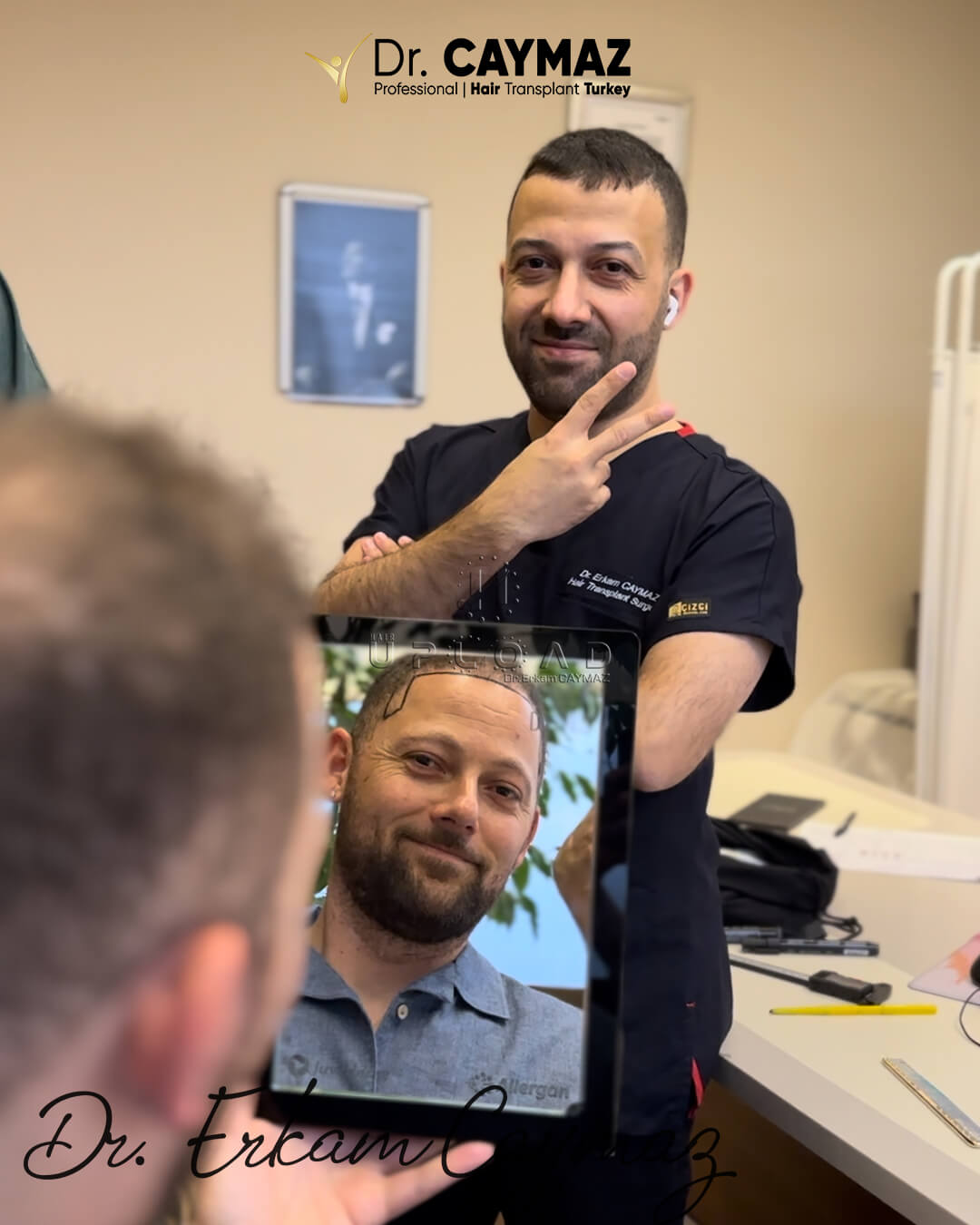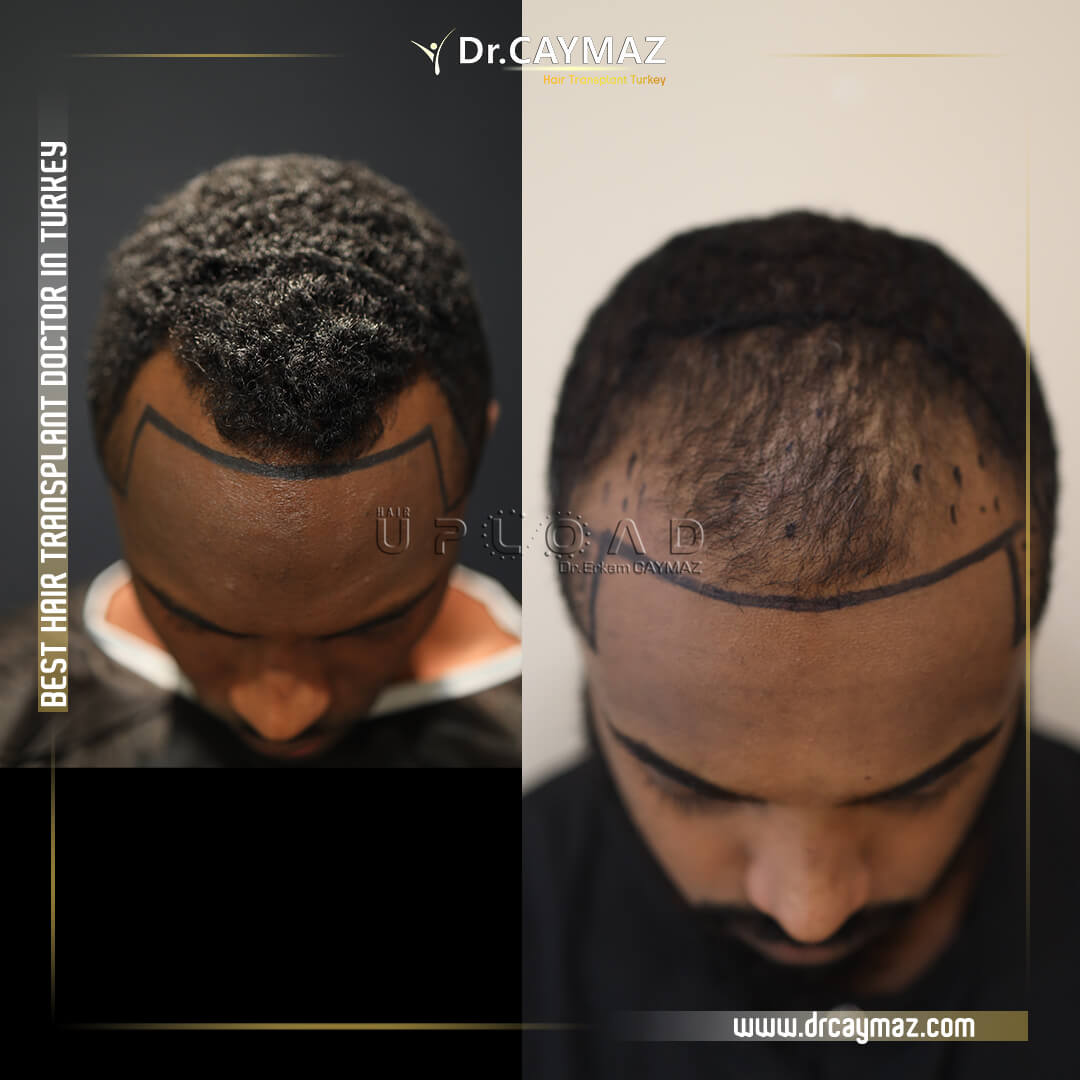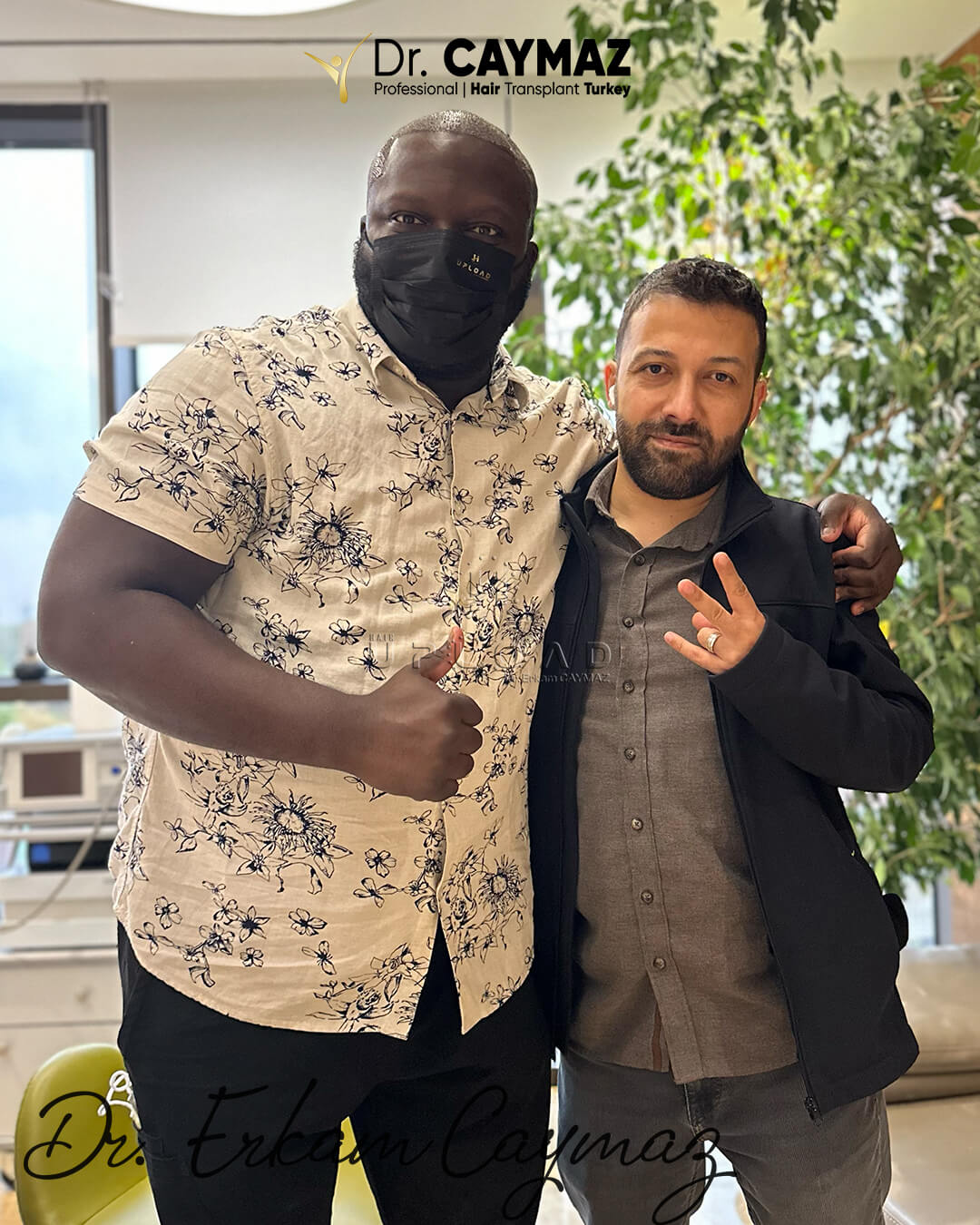For those who are not familiar with what side effects of hair transplantation can be, there are basically three types of side effects you might experience. These are allergic reactions and drug interactions.
Allergic reactions are the most common side effect of hair transplantation, as your body’s own immune system reacts to the foreign object that you have removed. This can occur after the surgery, or later on during the healing process. These may include redness, swelling, and itching.
In more severe cases of allergic reactions, the problem may be so severe that the patient may develop an allergy to any other part of their body that the transplanted hair might come in contact with. These could include the skin, the nails, the esophagus, or the nose. The allergic reaction is usually experienced when the patient is bathing, showering, or even shaving the hair. Also, it is possible for the allergic reaction to flare up in the weeks following the surgery.
The most likely thing to cause allergic reactions is a reaction to a substance that is used in the preparation of the transplanted hair. You should always make sure that you check the ingredients list before you choose to go ahead with a procedure like this. The most common substance that causes allergic reactions is silicone.

Drug interactions can also cause allergic reactions, as the medications used in the hair transplantation process are also used for other illnesses. Make sure that you discuss these possible drug interactions with your doctor before undergoing a hair transplant. If you are taking any drugs, especially antibiotics, you should also avoid using hairpieces made from silicone or any transplant methods using them.
When an allergic reaction does occur, the best way to treat it is to avoid the trigger and/or lessen the amount that you put into your body. If the allergic reaction is only to certain types of hair, it is usually possible to cut back or remove some of the hair that you are allergic to altogether. The problem will still exist but will be less pronounced.
You should also try and limit yourself from using the transplant technique if you think that you may have any drug interactions that may be responsible for your allergy reaction. Since different drugs have varying degrees of interactions, it is best to discuss your concerns with your doctor before going ahead with any surgery.
Whatever your allergic reaction may be, you will be glad you checked it out before the operation. and decided that the surgery was the right choice.
If you experience side effects of hair transplantation, your best bet is to seek help immediately. If you wait for the condition to worsen, it can make the condition much worse. It is also possible that the condition will return after the surgery. So, be aware of what you are putting into your body and check with your doctor.
Experiencing the side effects of hair transplantation
The side effects of hair transplantation usually stop once you have been on the procedure for a few months. However, if they continue after a few weeks or months of treatment, then it is time to see a doctor. This could mean that there is another problem with the procedure, which needs to be treated before the side effects become more serious. Remember, a procedure like this can lead to severe complications, especially if the wrong method of treatment is chosen.
It is often the case that a treatment for a long time will have a negative effect on someone. If the same problem arises from another type of treatment, the results will likely be worse, so it is important to get the problem treated as soon as possible.
The results of hair transplantation will look great in the short term, but the side effects of hair transplantation do cause side effects that can be harmful to you. That being said, remember that you are in control of what goes into your body, so it is important that you are prepared for what to come.
Scar – Scar Development in the Planting Area
It develops due to the deep and superficial placement of FUs.

Bleeding
There may be minimal bleeding from the donor and hair transplantation area after hair transplantation. Aspirin, NSAI, vitamin E, alcohol, anabolic steroids and other blood thinners used by the patient before transplantation can increase the risk of this bleeding. Bleeding in the donor area is seen more in the FUT method.
Unwanted Side Effects and Complications in Hair Transplantation
Edema
Edema may develop in hair transplantation, donor area and forehead, which can last for 3-4 days. Forehead edema causes edema around the eyes with gravity, and this edema may cause the eye to close for 1-2 days. No pain in this side effect is actually a serious side effect, but it can be observed in 10% of patients. It passes by itself in 3-5 days. Forehead edema is also caused by the volume of anesthetic drugs applied to the transplantation area and the effect of excess hair transplantation on the transplantation area and their effect on the forehead circulation. It is also due. One should try not to look down during the day. Keeping the head up 45 degrees while lying down, low-salt diet and cold compress applications will be effective in edema. It is also an effective method to massage the forehead upwards from the eyebrows and from the middle of the forehead to the edges. Systemic corticosteroids can be given for persistent and prolonged edema.
Erythema – Redness
Temporary erythema occurs in the donor and hair transplantation area.
Infection
Since hair transplantation is performed under sterile conditions, the risk of developing infection is very low. Mostly, local infections are seen in the donor area and hair transplantation area. Scabing after hair transplantation is a risk for infection development. After transplantation, this crusting should be removed from the area by special shampooing. Antibiotic creams should be used 3-4 times a day. Systemic antibiotics should be initiated when the development of infection is noticed. Infections starting from the hair follicles often develop in the transplantation area. (Be sure to use the antibiotic we have given.)
Hair Loss in Donor Area After Transplantation (Donor-Site Effluvium / Shock-Loss)
This resolves spontaneously within 3-4 months. The use of minoxidil is effective in these.
Hair Loss in the Planting Area After Transplantation (Recipient-Site Effluvium / Shock-Loss)
It starts in 2-6 weeks for normal hair in the transplantation area after transplantation. It is more common especially in women. It returns to normal in 2-4 months.
4-8 weeks after the transplant, the hair transplanted in the 3rd month will be removed. This is an extremely natural and expected situation. After 4 months, new hairs begin to replace them, but it takes 1-2 years for the hair to fully show itself.
Hiccup
In 5% of the patients, hiccup attacks can occur for a few hours or days after hair transplantation. It passes by sleeping or eating light meals without treatment.
Itching
Mild itching attacks may develop. In these, it decreases with daily washing of the hair.
Epidermal Cyst Formation
Cysts can develop in places where hair transplantation is performed. These pass in a few weeks with simple treatments. It can rarely reach 2-3 mm diameters without disappearing.
Numbness
It is completely normal to feel numbness around your newly implanted hair area. Acnemycin cream 2*1 with massage will help to heal.
Please ask your doctor.






